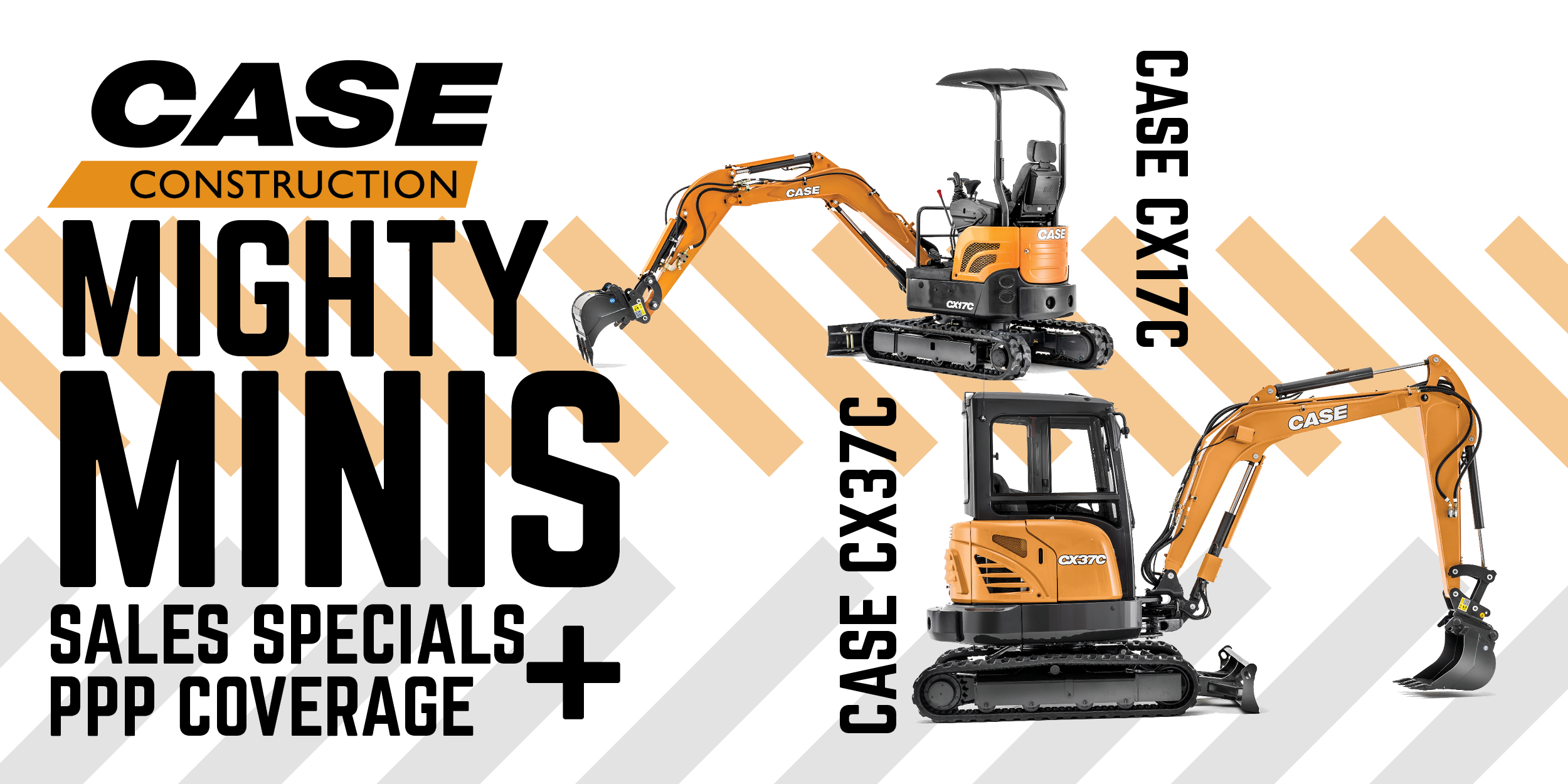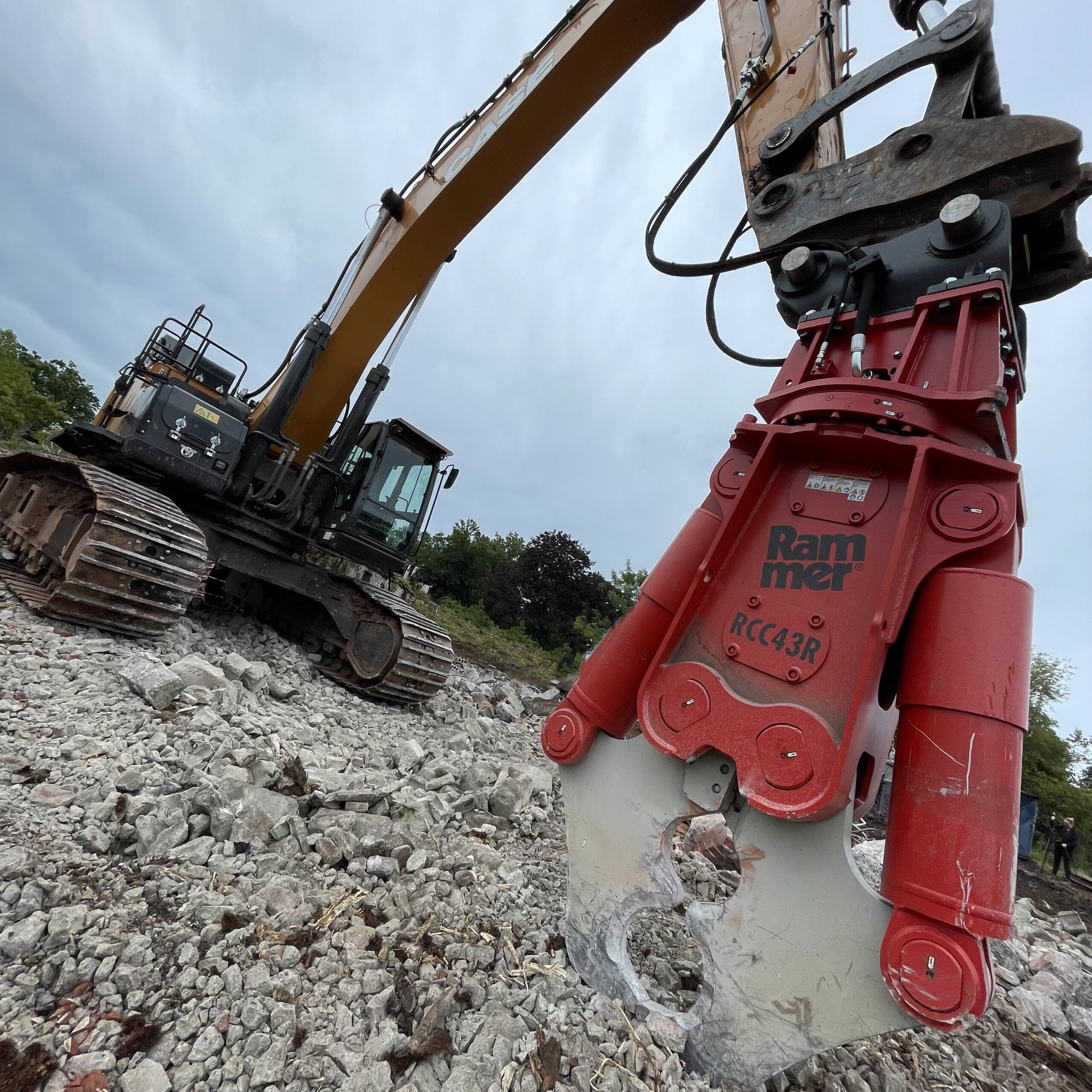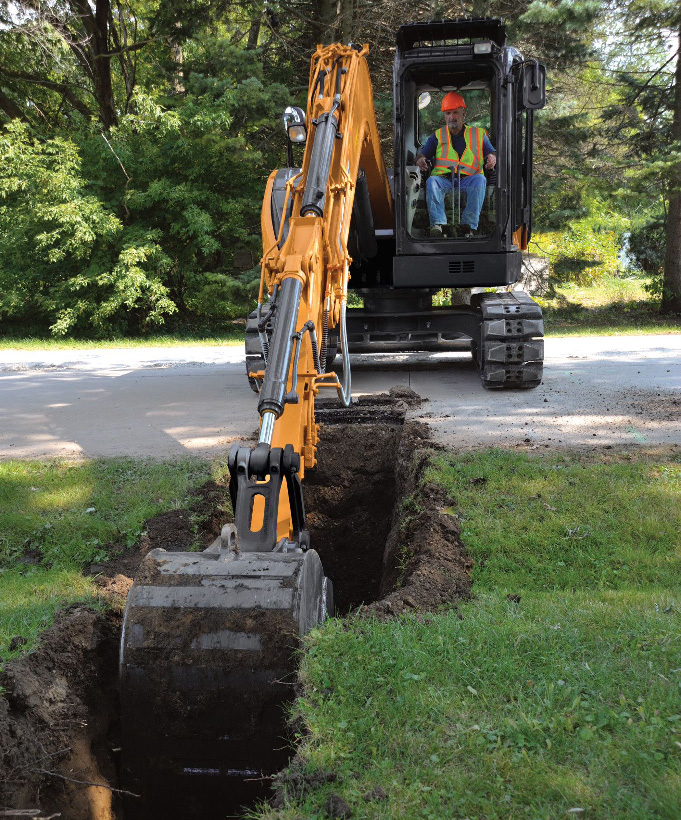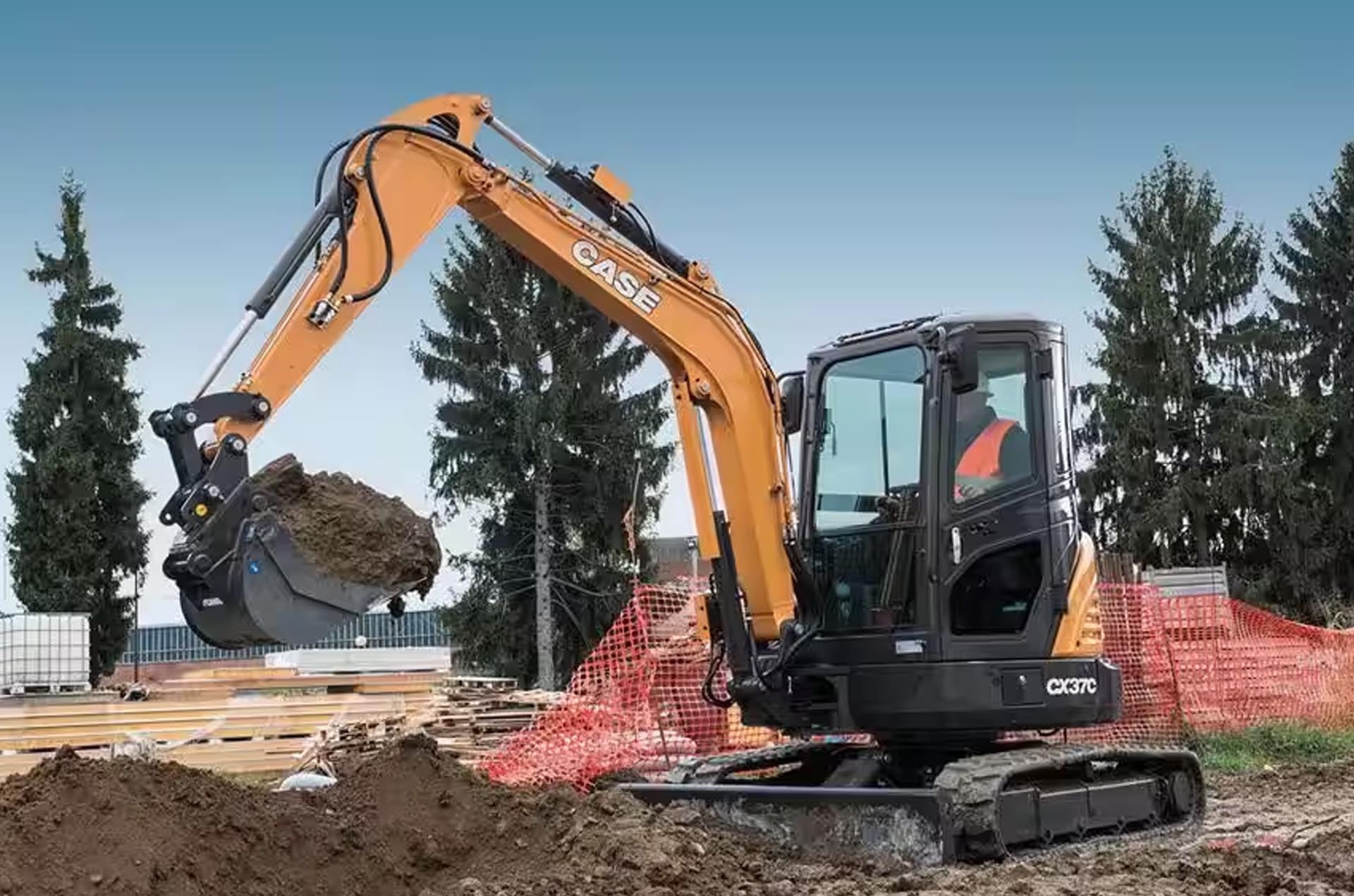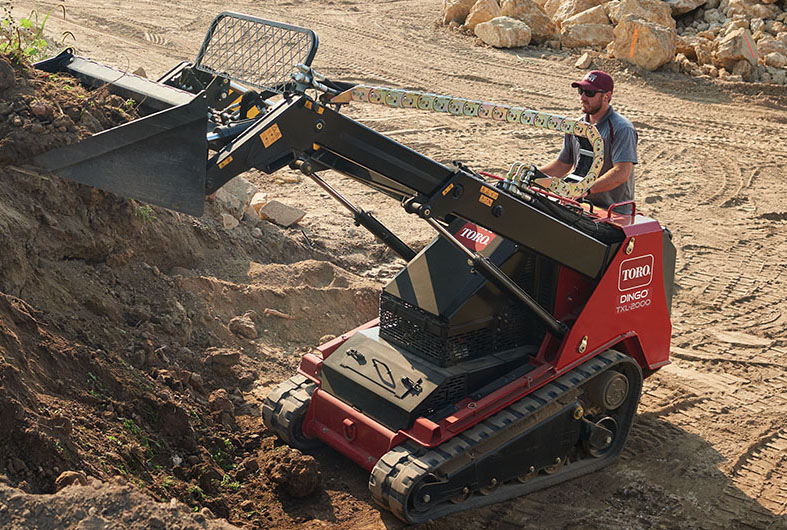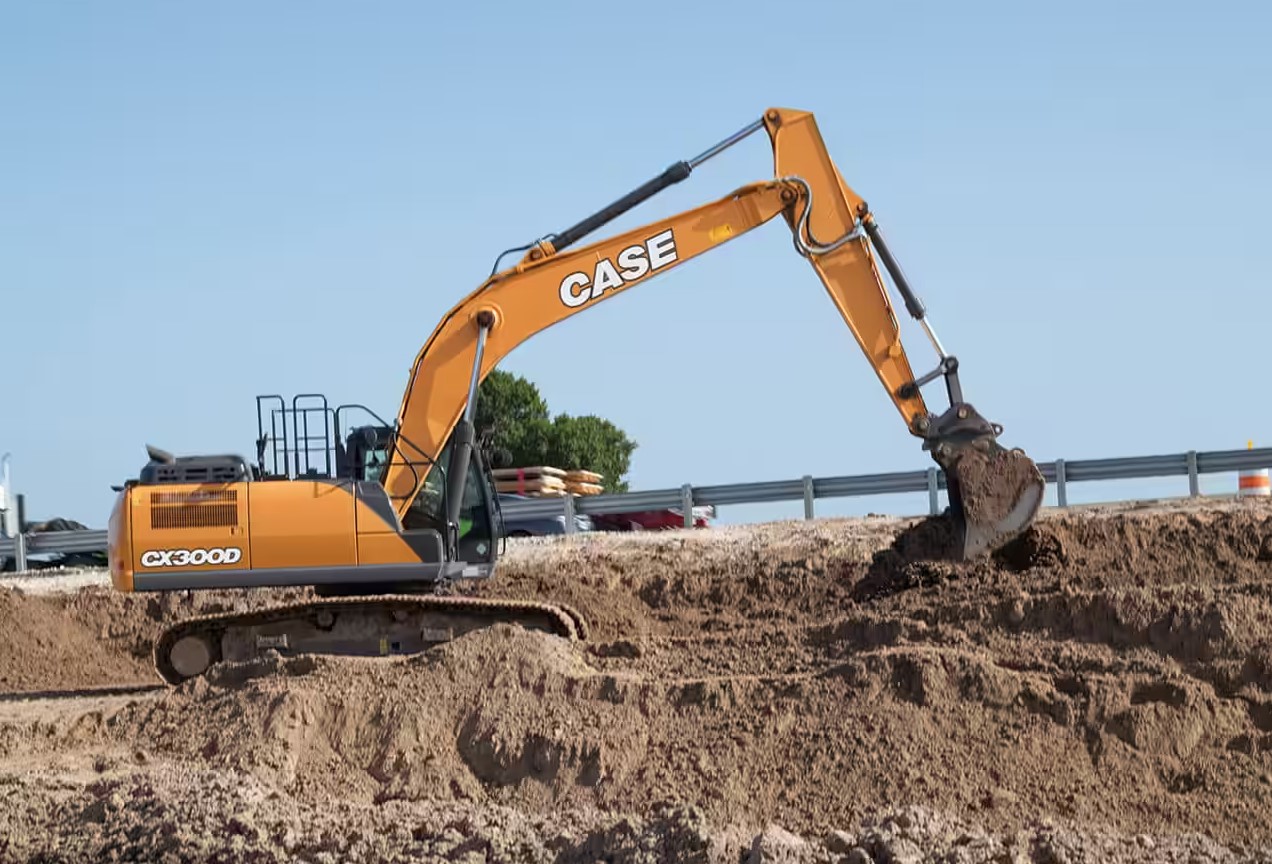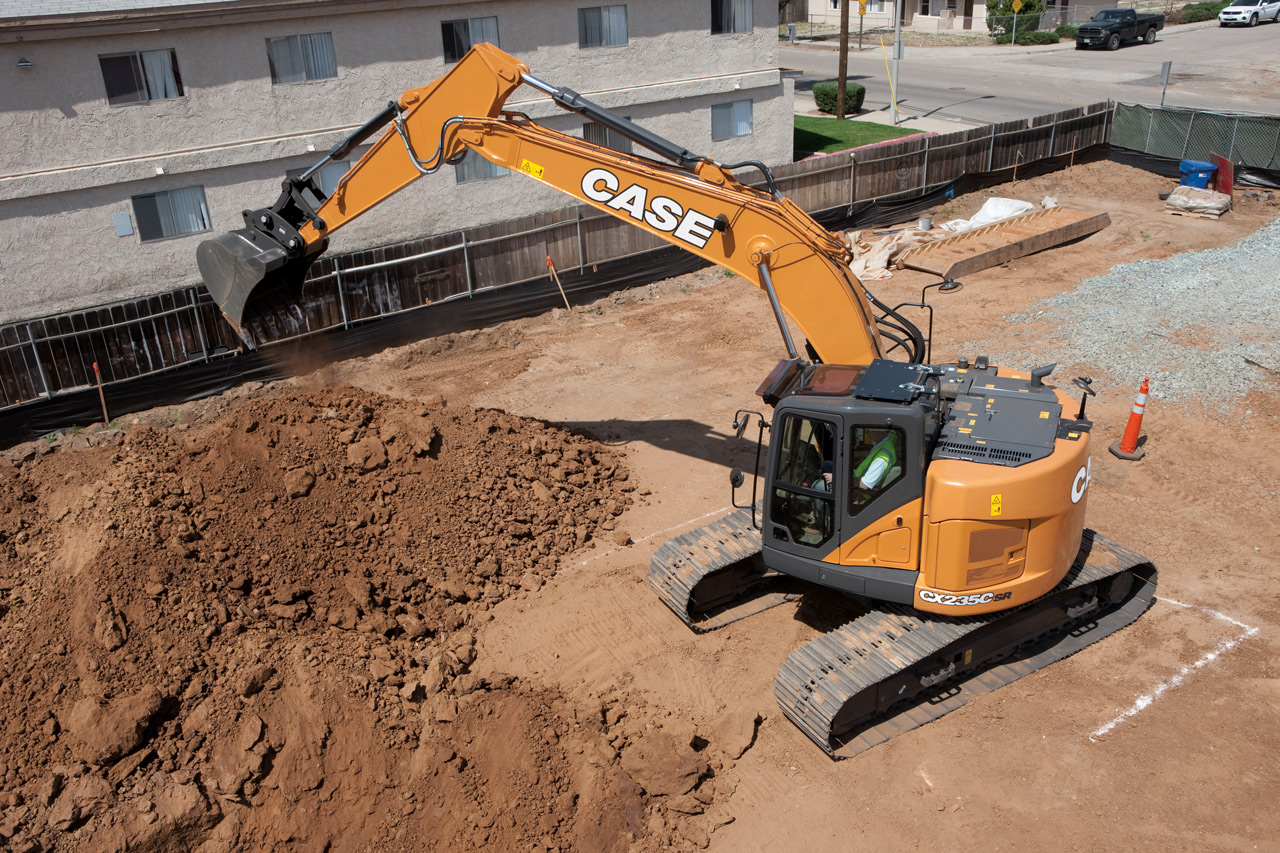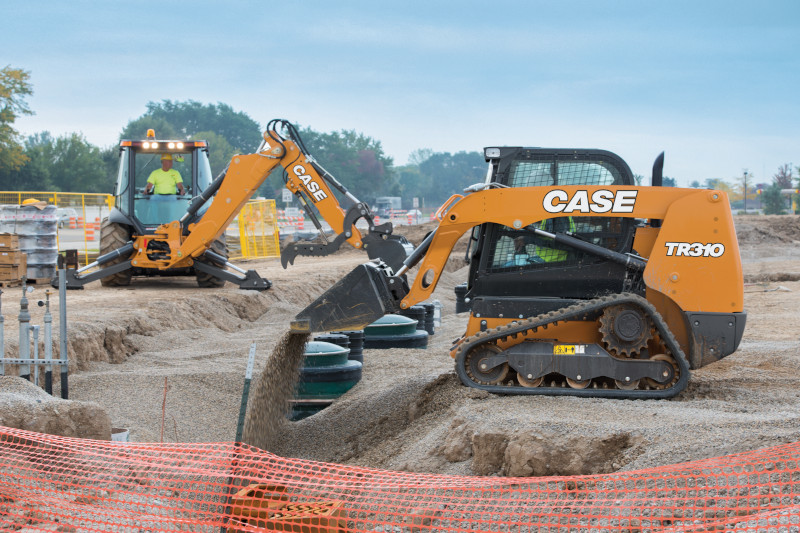Blog
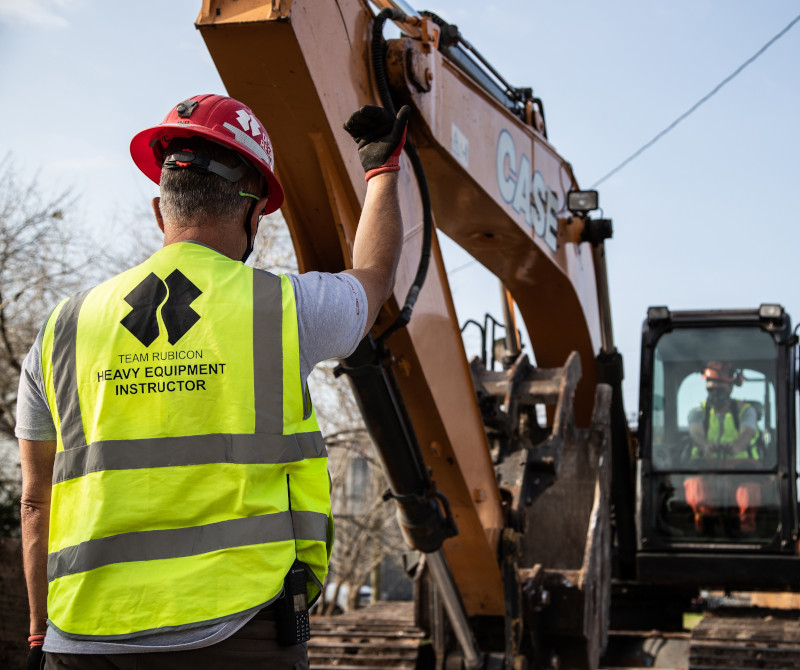
How To Get The Most Out Of Your Excavator
January 10, 2023When it comes to the daily use of heavy construction equipment on worksites everywhere, the excavator tends to be a real workhorse. These machines are extremely versatile and can serve multiple uses, lifting, hauling, and moving material of all types.
If you regularly use one of these powerful machines as part of your daily routine, it makes sense that you would want to keep it running and functioning to its greatest potential. Below are a few tips and tricks to help maximize the usefulness of an excavator on the job site.
THE BASICS
Job site efficiency will increase with proper excavator operation. Advanced preparation will improve performance, reduce the chance of accidents, and increase productivity.
A stable platform for the excavator is essential to proper site preparation. It’s important to make sure the machine is evenly supported on firm, level ground. It may be necessary to pack additional soil under one of the machine’s tracks or axles to achieve a level surface.
Never swing the bucket or cargo of an excavator over people or a cab when operating an excavator. Stay vigilant and remain aware of your surroundings at all times. Predetermine the location of any overhead or underground obstacles and make good use of mirrors and cameras to monitor your surroundings while you work.
STAGING
You can boost your productivity while contributing to the overall safety of both you and your coworkers, just by taking the time to properly set up and map out how the job site will operate.
Part of staging your work area involves determining the best location to put your spoil pile and bedding material, and where you’ll stage pipe or other work materials (if required). Take extra care to locate your spoil piles in the most appropriate location. For instance, OSHA requirements dictate that a spoil pile should be no less than 2’ feet from a trench, though some types of spoil should be situated much farther away for safety. Always follow OSHA guidelines for safe excavating.
Plan your dig carefully to avoid the possibility of being blocked or boxed in as you work. Use offset marks with paint lines, or string lines, to help remain correctly oriented. It helps to align the front and back of the excavator in relation to your reference guides.
If your project involves operating your excavator on hilly terrain, extra care should be taken. Consult your excavator’s operations manual to familiarize yourself with safe operating ratios.
If the ground surface isn’t level, position the tracks of the excavator so they are oriented straight up and down the hill. That reduces the risk of a tip-over if the excavator starts to slide. Be advised: the demands on the excavator’s swing motor become greater as the angle of the slope grows steeper. If you try to move too much material too quickly under such conditions, your safety could be compromised, plus the excavator may be overworked to failure. In such conditions, working slowly and steadily, with smaller bucket loads, is usually the best approach.
LOADING
Make sure your excavator attachment is the right size for the project before you start. Consider the maximum reach needed, and the density of the material to be lifted and loaded.
Place your excavator in a convenient position for efficient loading, according to height. Position the vehicle/container to be loaded at the proper height and distance to prevent your excavator from expending unnecessary effort by swinging and traveling more than necessary.
Efficient Loading Strategy
If loading a truck or a movable container, one efficient way to do so (resulting in faster cycle times) is side loading. This can eliminate additional time and fuel expenditure caused by repeatedly parking and repositioning the excavator and the vehicles or containers being loaded. Run them through in a straight line and load them from the side! If you have the necessary room to create an appropriate entry-and-exit lane, side loading vehicles or containers can be much faster and (ultimately) much more efficient, saving time and fuel.
Load Distribution
Be sure to load the excavator bucket evenly, with each scoop as fully loaded on both sides as possible. If depositing the contents into the transport bed of a truck or vehicle, try to make use of the whole truck bed. As you load the vehicle or container, try to evenly distribute the loaded material across the entire bed. Smoothly and evenly deposit the bucket contents into the targeted receptacle: try not to “dump” the bucket all at once. That can cause wear and tear both to the truck bed or container, as well as the excavator arm.
Boom Arm Configuration
Take care to select the best and most appropriate boom and arm combination for the type of work being done. Some jobs will require a longer reach, whereas others will need the largest bucket available to move more material, though that may limit the excavator to use of a shorter boom with a shorter arm. For general usage, some operators prefer a combination that offers the best of both worlds, with a standard boom and a short arm. This enables the machine to lift more without reducing the excavator’s reach. Different bucket/arm/boom combinations can maximize particular benefits while reducing certain other abilities of the machine. Just keep in mind that you should always configure your machine for the type of work it will be performing.
TRENCHING AND GRADING
Two of the most common tasks performed by excavators are trenching and grading, often performed in conjunction with one another. But many of the same efficiency tips and techniques will work interchangeably for either type of job.
Situational Area Awareness
Always pay attention to your terrain. If the project area is on sloped ground, you might need to adjust your work in progress to hold the grade. You can improve the safety of your situation by remaining cognizant of the position of your excavator and the orientation of the tracks. Stage your work area wisely, and don’t hesitate to test your acceleration before committing to a direction.
Visual Aids and Guides
When trenching or doing planned excavations you should expend the time and effort to initiate some form of visual guide framework to aid in excavator orientation. You can use offset stakes, a chalk line or string line, or a combination of the two. You can then align the front and rear of the excavator in relation to your reference line, to make sure you are always tracking straight. When tracking the excavation grade, a grade laser or similar grade control system can greatly assist you to achieve the specified grade. No matter what guide framework you use, always be sure to orient your system with the bucket position before you start excavating.
Dig Efficiently
When you’re ready to start digging, begin with a marking path for the top layer, then gradually work your way down. Avoid digging from the bottom up, which can be a waste of time and fuel, and may also lead to safety issues such as undercutting the excavator.
It’s more efficient to excavate a series of short, connecting runs instead of just digging out a bunch of holes and trying to connect them together into a bigger hole. You can ease into the process by beginning gradually, just barely digging in with the teeth to mark the dimensions of the desired excavation or the proper orientation of the trench. Once your excavation dimensions are traced out, gradually dig down to the required depth, layer by layer.
Excavating tip: Whenever possible, try to dig over front idlers, and if digging over the side, be aware that the lifting capacity will be lower. Different boom arm configurations may help alleviate this.
Clear Your Area
As you dig and extract material from the trench or excavation, take the time to keep the area in and around the dig site clean and free of spoil or other debris. Be especially conscious of potential roadblocks and safety hazards and remove them whenever possible (hopefully before they cause a problem or interrupt work). Maintain pathways into and out of the work area to allow other vehicles and equipment free access to and from the dig site.
It’s just good common-sense practice to clear your work area as you go, to prevent any obstructions or debris from interfering with your machine or its ability to function smoothly and efficiently.
Get the Most Out of Your Excavator
Combined with conscientious planning and a proactive maintenance program, these tips can help you get the best out of your excavator and keep it running smoothly and efficiently for years to come.
Need the very best quality construction machinery for your next project? Contact us today and see why Eagle Power & Equipment is your go-to option for construction gear sales, rentals, service, and repairs!
Related Articles
https://www.high-endrolex.com/47
